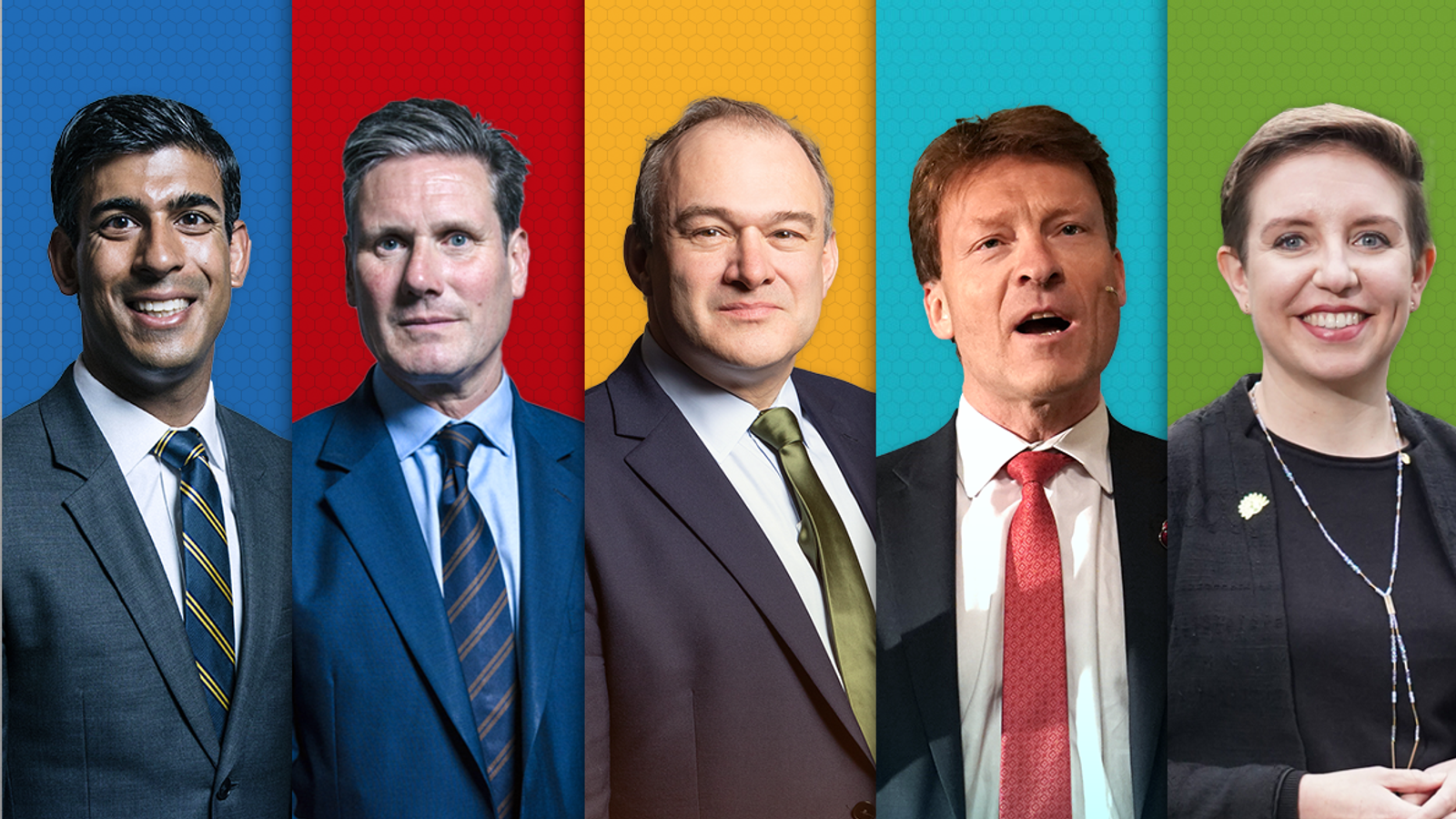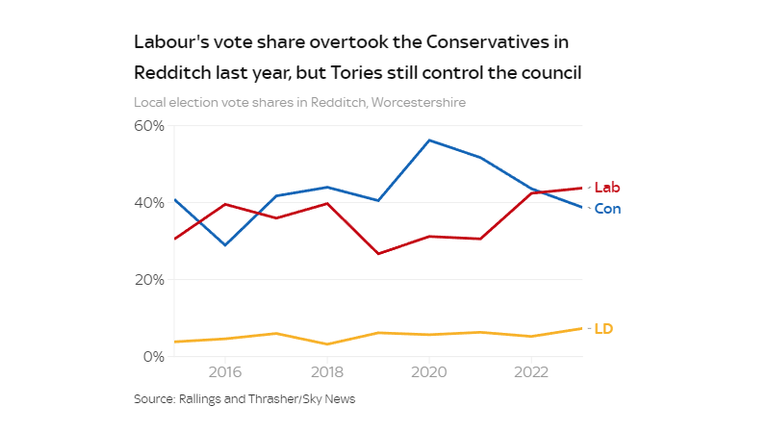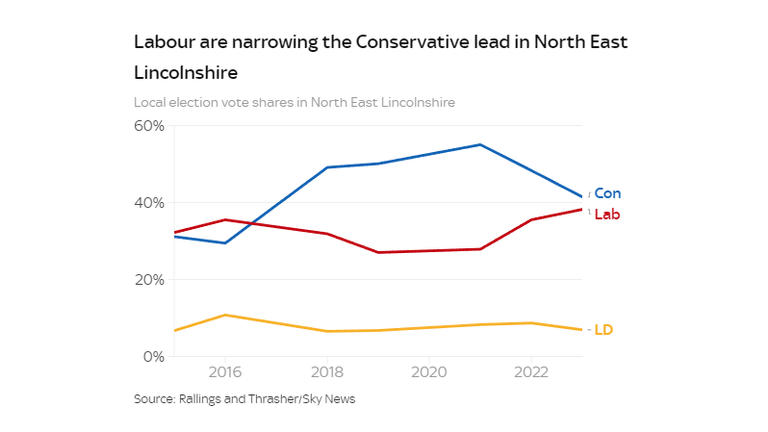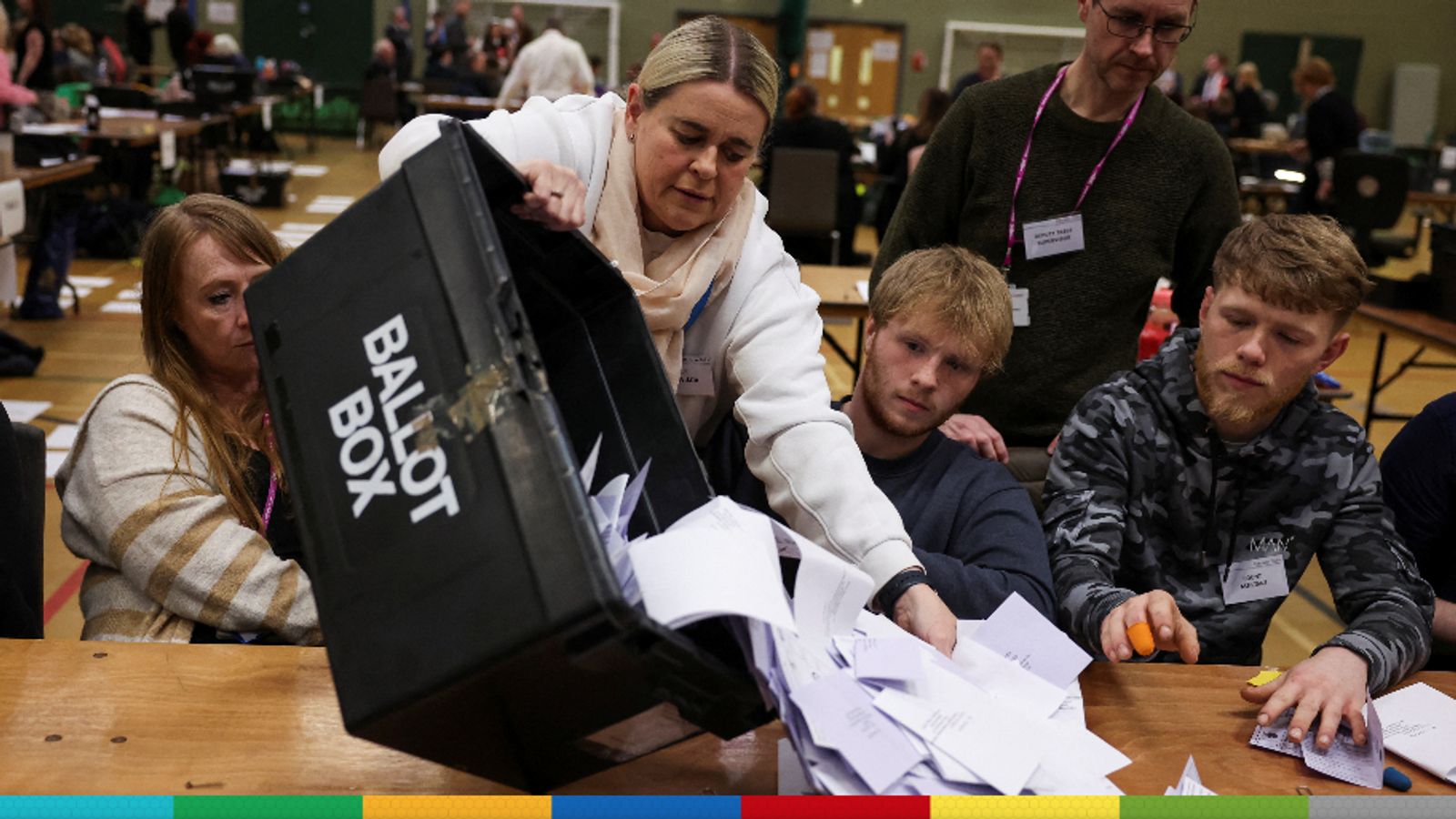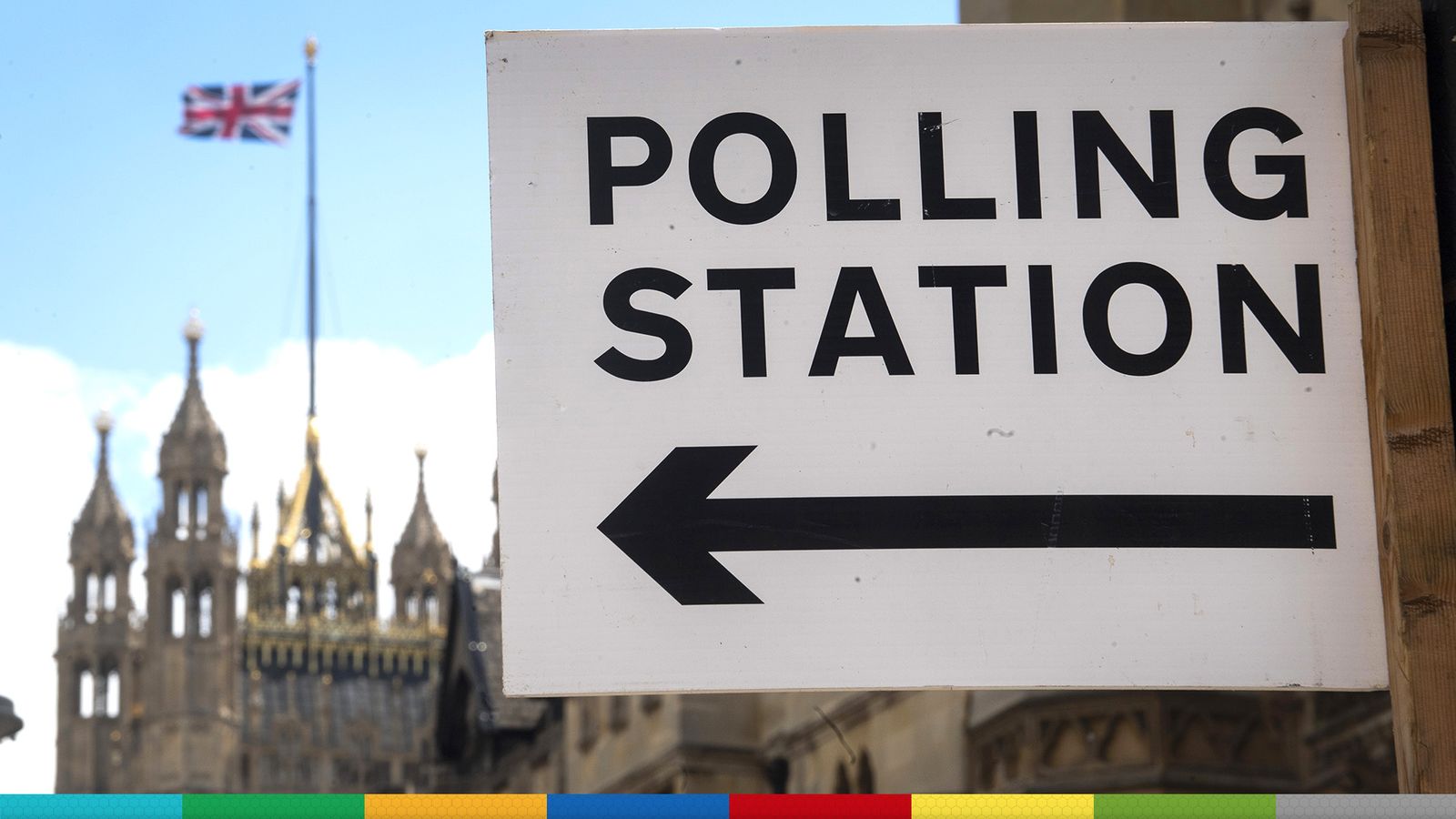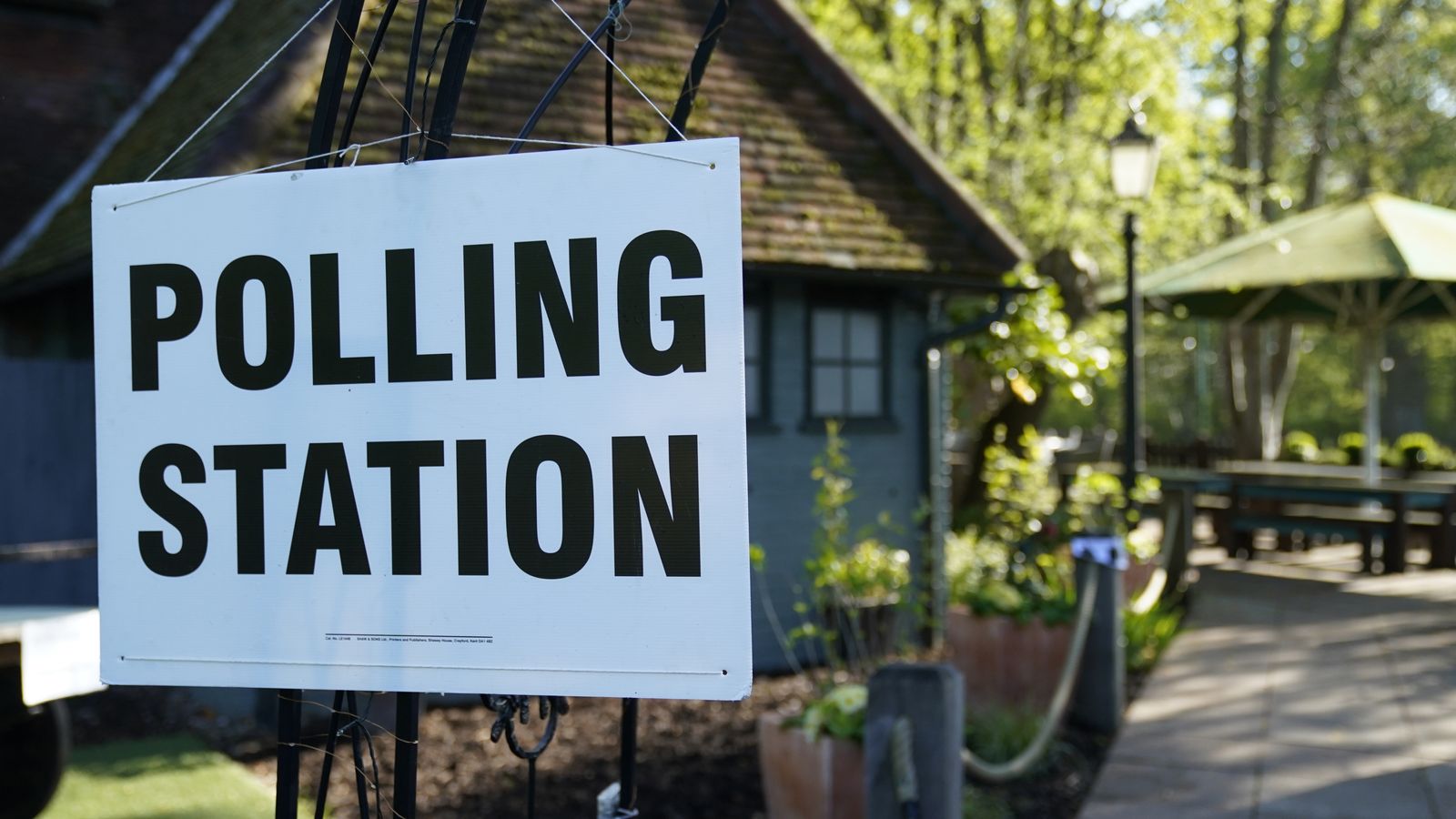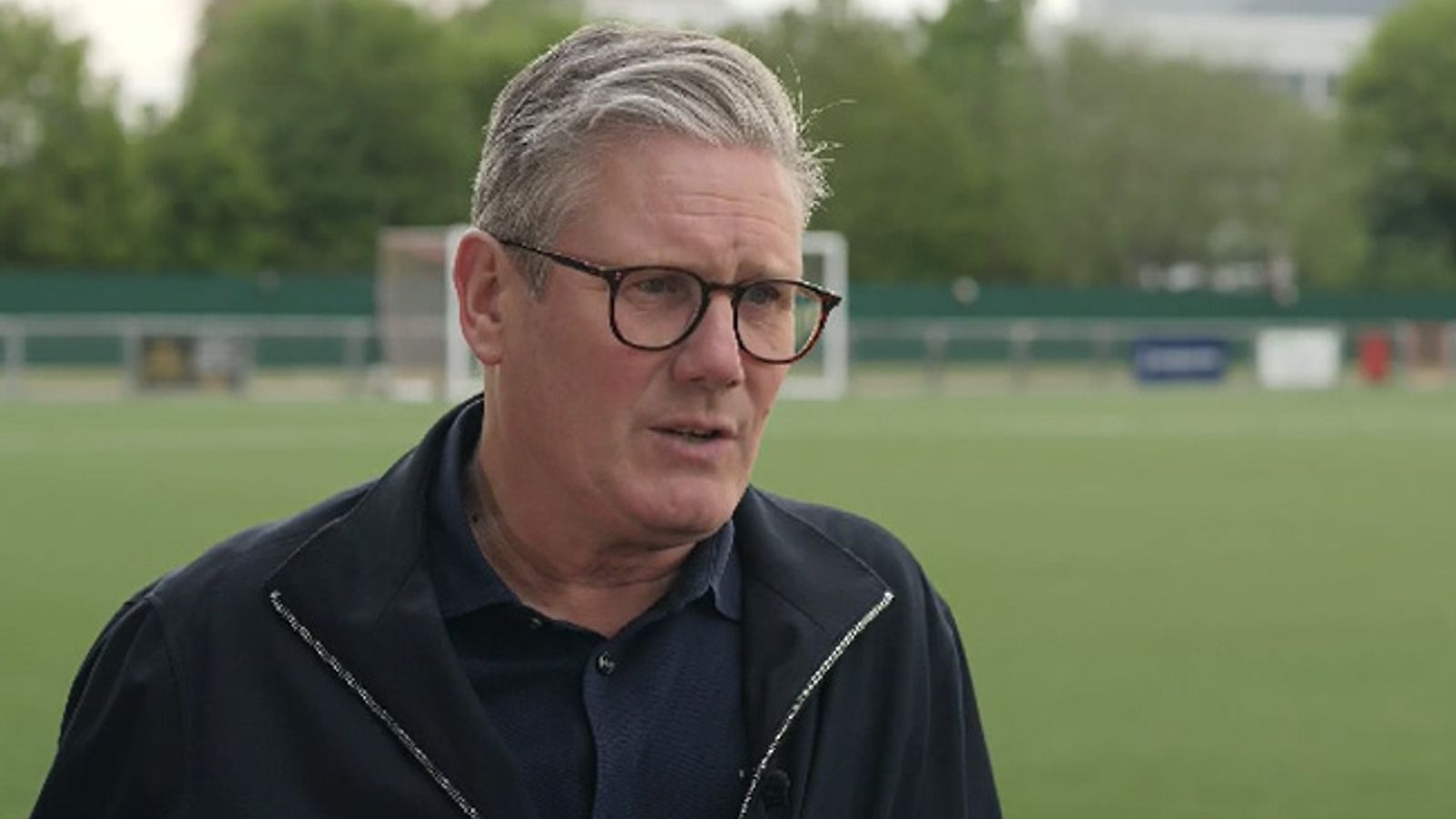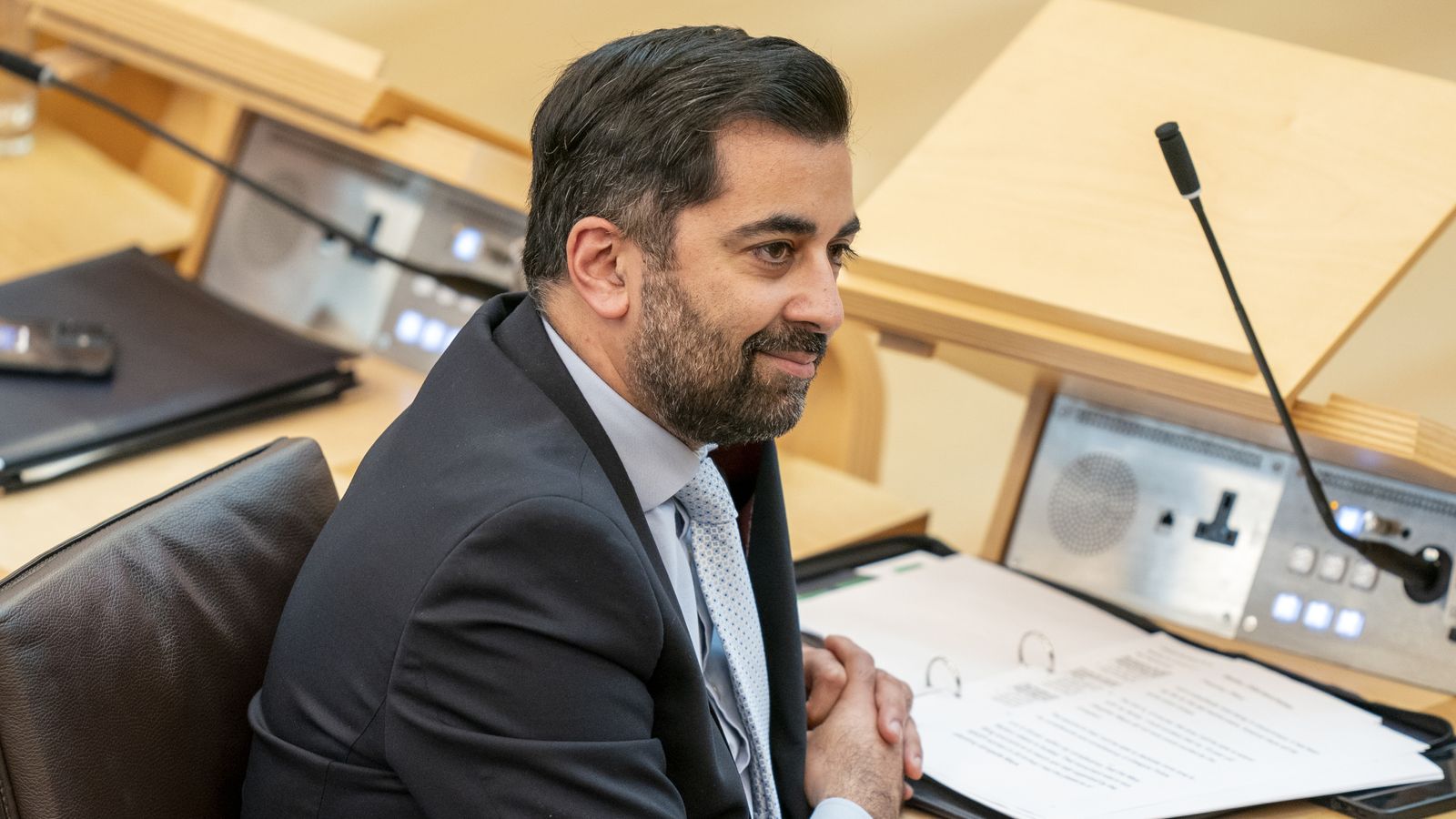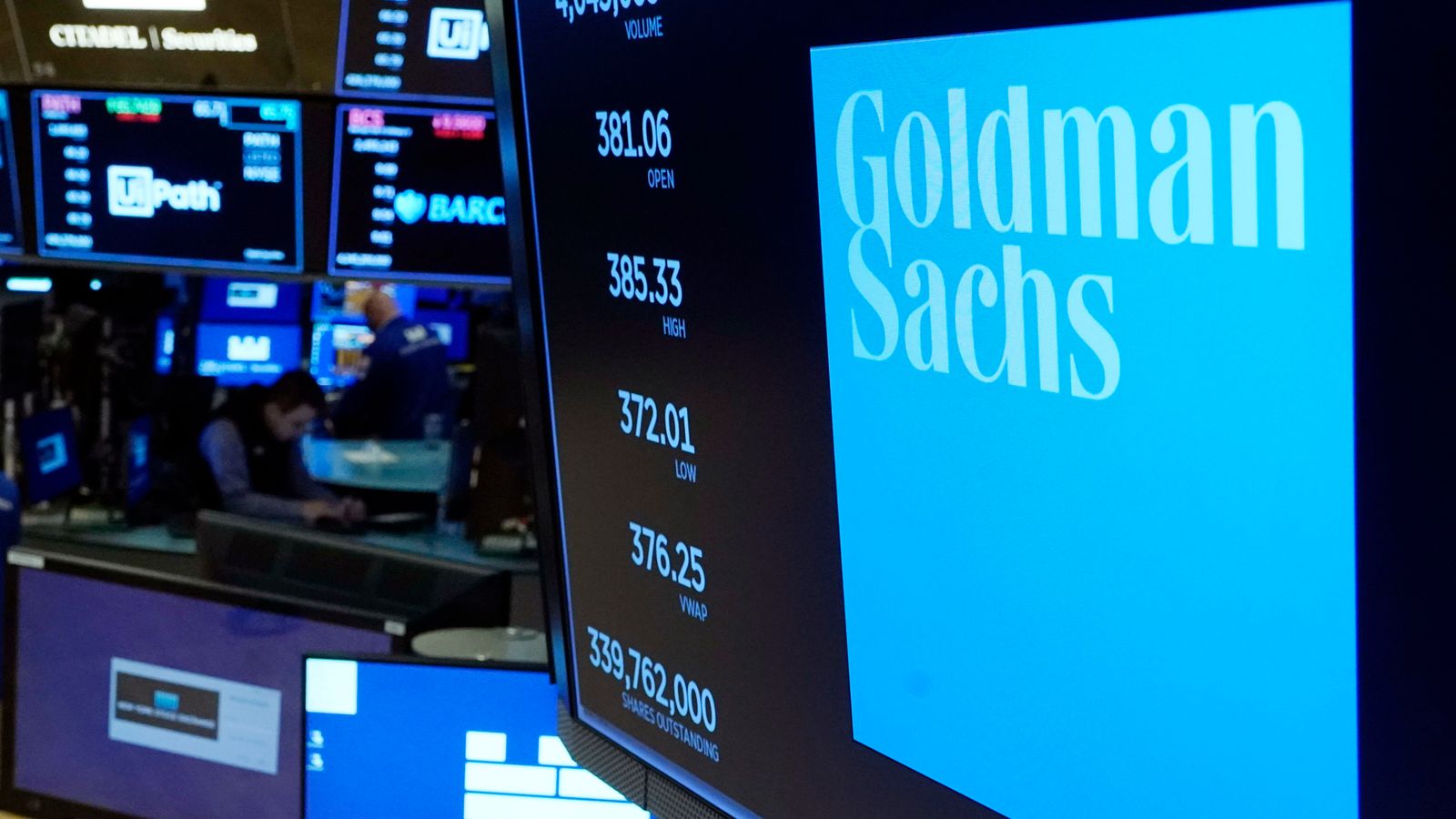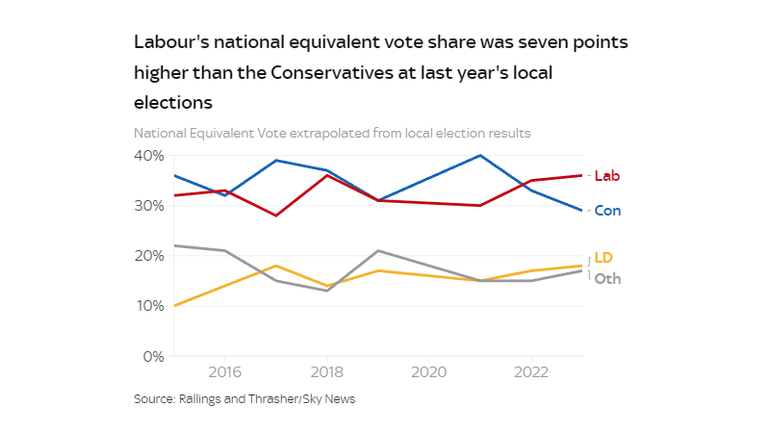
Many Conservative councillors face certain defeat on 2 May. The party will lose control of councils at the same time. The scale of this setback, so close to the general election, is the main consideration.
The national polls paint a gloomy picture; public confidence in the government is low, only a quarter of voters intend to vote Conservative. The Opposition is riding high, some commentators reckon Labour is on course for a large Commons majority.
Recent parliamentary by-elections largely confirm this, with record swings against the Conservatives and Labour performing strongly.
The one sliver of hope for Rishi Sunak’s party might be that national polls exaggerate support for Reform and public distaste for the Conservatives.
At stake are more than 2,600 seats across 107 English councils. Voters in London are choosing both the Assembly and Mayor, where Sadiq Khan is pursuing and probably securing an unprecedented third term.
Mayoral voting here, and for ten other so-called “super mayors”, including West Midlands and Greater Manchester, is now by “first past the post” rather than the Supplementary Vote.
The same reform applies to the selection of 37 Police and Crime Commissioners (PCCs). It is their re-election which guarantees electors across England and Wales have a vote this time.
Most of the contests next week relate to the 2021 elections.
Then, the Conservatives were riding high, Brexit was done and a successful COVID vaccine rolled-out.
An estimate of the national equivalent vote (NEV) based on those results, put Boris Johnson’s party on 40%, its highest rating since 2008.
Labour was ten points back and instead of gaining council seats from the governing party, usual at this stage of the parliamentary cycle, it was losing them.
Conservative mayors were re-elected in West Midlands and Tees Valley and the party won 30 PCC elections.
Fast forward three years, via Mr Johnson’s fall from grace, Liz Truss’s blink of an eye premiership and Mr Sunak’s unopposed elevation, we find the Conservatives in freefall. Sky News’ poll tracker currently puts them on 23.5%.
That’s a drop of over sixteen percentage points from May 2021.
By contrast, Labour is heading upwards, from 30% to 43.5% now.
This is a 15-point swing from Conservative to Labour. Conservative councillors sitting on 30% majorities or less over Labour rivals feel vulnerable. The Conservatives are only defending 18 councils, but if things are this bad then they could lose half of them.
But will the Conservatives and Labour perform like this on 2 May? Another measure of electoral support, gleaned from council by-elections, says not.
Over the past year there have been 159 council by-elections across England and Wales. These too have been mostly dire for the Conservatives. Asked to defend 46 vacancies, the party has lost 28 of them, a 61% failure rate.
However, half of these losses are to the Liberal Democrats. The Greens have made five gains, only one fewer than Labour’s total. Moreover, the Conservatives have gained five seats from Labour.
This hardly supports the view Labour are a shoo-in for the next general election.
Consider also changes in vote share in these contests. The average fall in the Conservative vote from 2021 is about 11 percentage points, putting them closer to a nationwide 30% and not 23% as the polls are suggesting.
Similarly, local voting data puts Labour in the range 36-40%, and not comfortably over that figure.
Which of these indicators, national polls or local voting, works best in explaining events on 2 May remains to be seen, but it does require setting relatively wide benchmarks for what constitutes good, indifferent or bad performances.
What are the Conservatives hoping for?
Should the Conservatives suffer minimal losses, say 100 council seats and control of super-marginal councils like Dorset, Gloucester, Redditch and Thurrock, it will claim that as a victory.
Should losses rise to 250 seats, council control is lost in Harlow, North East Lincolnshire and a mayoral incumbent is defeated, the Conservatives might have taken a step backwards, but the damage inflicted is not as great as many were expecting.
Losses of around 500 seats, about half the seats it is defending and possibly half of its 18 councils too, will destabilise the party.
Most likely, Andy Street loses in West Midlands and possibly Ben Houchen in Tees Valley also. A sizeable chunk of the country will see Conservative PCCs replaced by Labour ones.
Inevitable comparisons with crushing local election defeats in the run-up to the 1997 general election defeat will convince some of its backbenchers to demand yet another change of leader.
But, it’s not plain sailing for Labour.
The party has faced an exodus of about a hundred councillors, mostly regarding events in the Middle East, but some against Sir Keir Starmer’s move towards the centre ground.
Inevitably, Labour’s performance in key areas will be assessed in light of its task in winning power at Westminster. It needs to win in Dudley, one of only three metropolitan boroughs still in Conservative hands.
Last year the two parties tied in votes and seats, and results this time will reveal if Labour is on track.
The Conservatives are running hard in the inaugural battle for East Midlands mayor. They have selected Ben Bradley, MP for Mansfield, one of eight former Labour seats in the region captured in 2017 or 2019.
The North West offers challenges. George Galloway’s victory in the Rochdale by-election sees his Workers’ Party now contesting for votes in Labour wards.
There is internal party strife in Burnley, now the most marginal Conservative seat in the country, with some Labour councillors preferring status as Independents. Labour’s councillors in Pendle last month resigned from the party and in some cases are standing against their former party at the local elections.
Like it or not, Sir Keir faces comparison with Sir Tony Blair, electorally the most successful Labour leader; someone who took on and beat the Conservatives across swathes of the midlands and southern England.
Labour has to perform in councils like Harlow, Nuneaton & Bedworth, Swindon and Redditch. For good measure, Labour this time could reach parts hitherto denied them.
It won in Worthing in 2022 and now it is poised to take control of neighbouring Adur council too.
Rushmoor, a district council covering Aldershot and Farnborough, has been Conservative controlled for much of its 51-year existence. Labour gains this time could oust the Conservatives and even take power itself for the first time.
What are Labour’s benchmarks for success?
About 350 seat gains for Labour consolidates its position as the largest party of local government, but if it wants favourable comparisons with the Blair-era it should aim higher. Fewer gains, say around 200 seats, suggests the national polls are over-estimating its lead over the Conservatives.
If the gains are lower still then internal pressures will mount and betting on a Labour majority will reflect that, despite the party doubtless gaining another victory at the Blackpool South parliamentary by-election.
But Labour can ill-afford unfavourable comparisons of its performance against those of the Liberal Democrats and even the Greens.
What about the Lib Dems?
The Liberal Democrats could become major players after the next general election if Labour falls short of a Commons’ majority. Sir Ed Davey’s party should secure control of Wokingham and perhaps Dorset.
Seat gains of about 150 and upwards will demonstrate a real threat to the Conservatives.
And the Greens?
Last year the Greens secured their first council, Mid Suffolk, and are advancing in councils like Worcester, but a real boost may lie in Bristol.
The whole council is up for re-election with the Labour-owned city mayoralty now abandoned. Greens are the largest party and need gains from Labour and the Conservatives to nudge towards an overall majority.
Labour is targeting Conservative seats and is hopeful it can become the largest party.
This is only one of 107 councils, but the bragging rights should Labour or Green secure a majority are immense.

